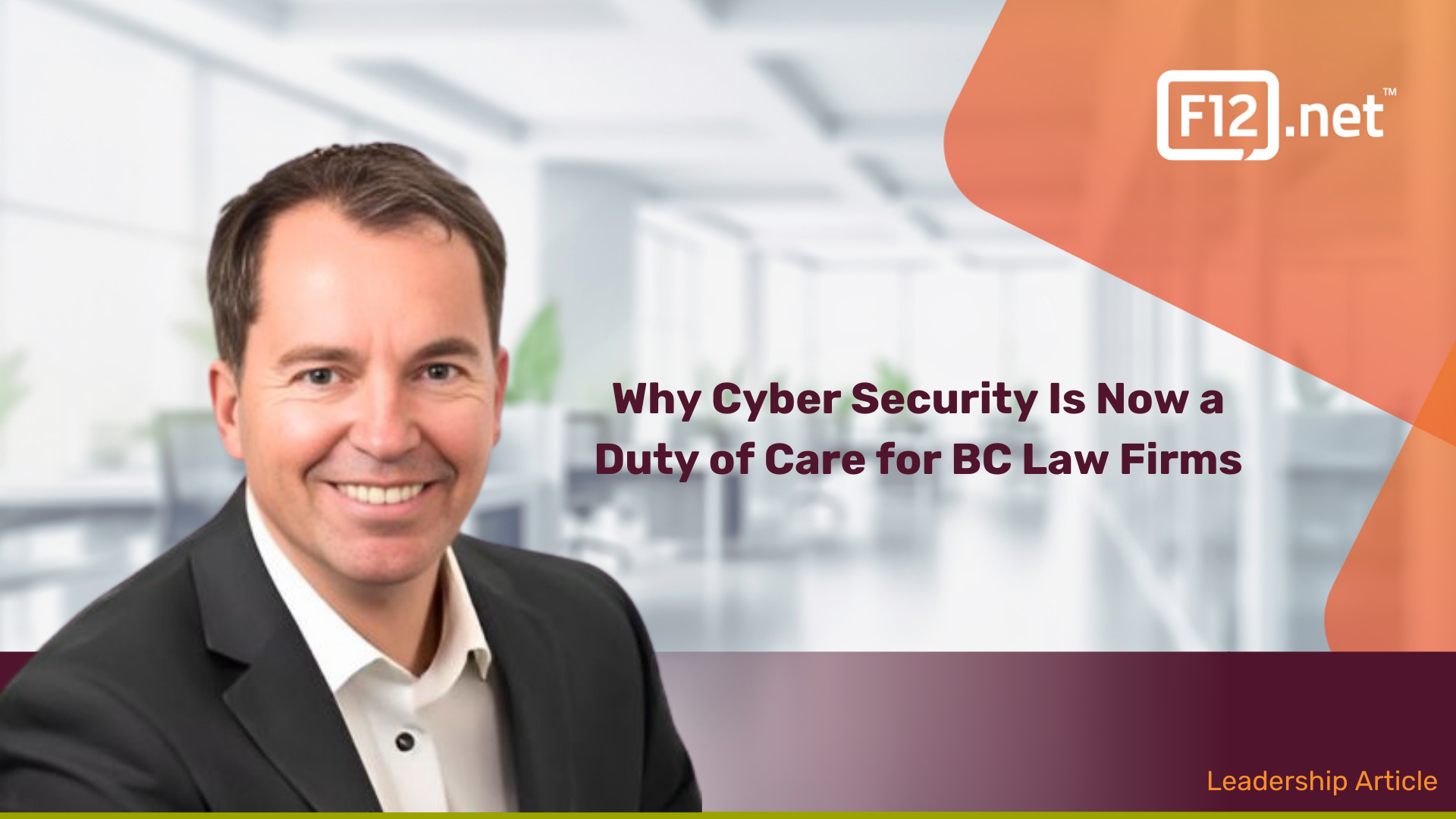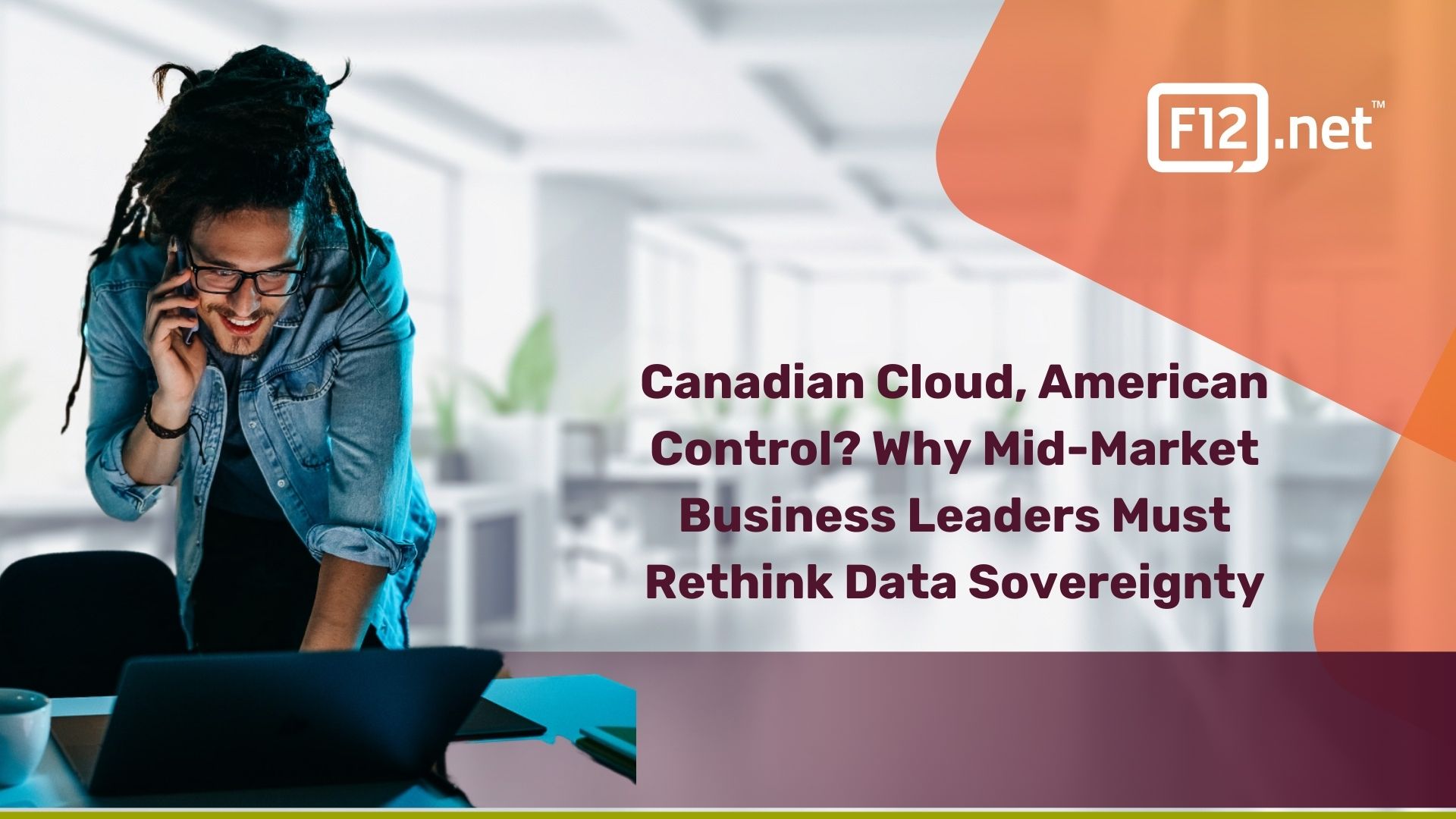Merging businesses can be stressful for owners, management teams, and employees. Problems with information technology (IT) on either side will only compound the workload involved in the process. Here is a closer look at what to look out for and how to avoid pitfalls.
What Is The Difference Between Mergers & Acquisitions?
Mergers and acquisitions are often referred to jointly. However, it is worth considering the difference between the two. A merger is essentially a legal consolidation of two businesses into one. On the other hand, an acquisition means that one entity takes over the other’s stock and assets.
It can be hard to distinguish between mergers and acquisitions because both result in two organizations’ assets and liabilities consolidated under one business. In either case, considerations for IT departments are similar.
How Mergers & Acquisitions Affect Your IT Department
While each business going through a merger or acquisition will have its specific concerns, some issues are common across all industries.
- Security Concerns
- Staffing Issues
- Cloud Vendor Usage
- Software Licensing and Legacy Applications
- IT Infrastructure
Security Concerns
When your business is purchasing another, it is worth considering the IT security you may be inheriting. How tight are the other party’s processes and procedures? Poorly designed systems may leave your company and the newly combined business vulnerable.
Like with a home inspection, it is essential to find out about significant security vulnerabilities before you finalize the transaction. Make sure data security and cybersecurity are part of your due diligence. Make sure any recent breaches are disclosed, including the extent of any damage caused.
The various projects to consolidate your IT assets after a merger or acquisition pose their own risks. Appoint an IT security czar to carefully plan, oversee, and validate security throughout the integration. They will help you assess and mitigate the potential of future problems for the newly restructured business.
Staffing Issues
One essential part of managing any merger or acquisition is dealing with staffing challenges. In most cases, some staff members may be asked to leave as two businesses combine their operations. Selecting your new core team is crucial for the success of the new entity.
This is especially true for the IT departments on both sides. Before letting team members go, consider what knowledge may go with them. What risk would the new company be exposed to?
Some businesses have been surprised and exposed by sudden resignations among IT staff. In extreme cases, trusted IT technicians have caused mischief on their way out. Before making any announcements, make sure you have control of all digital assets and cannot be held hostage by a rogue employee. Does senior management have access to all the necessary systems and backups, including administrative accounts and passwords?
Limited knowledge transfer to the acquiring company is often one of the most significant issues. Another concern is losing specialized knowledge and expertise. If these are not transferred first, the business may struggle to meet demand from existing clients. This will slow growth and put the success of the merger in jeopardy.
Cloud Vendor Usage
Chances are both businesses are using cloud services. As part of the mergers and acquisitions process, review all vendors the companies are using. Based on that, you can select those that suit you best and meet all security requirements.
To avoid risk, it may be worth selecting more than one cloud services supplier. However, you and your IT team need to ensure that both services are safe and compatible to avoid future problems with technology. Ensure both companies have thorough documentation on all hosted services including vendor contacts, administrative credentials, and active contracts.
Software Licensing and Legacy Applications
This point goes back to asking, what are you inheriting or taking on during the merger process?
Checking the status of software licenses across the organization may sound almost too obvious. However, it is often overlooked precisely because it seems so obvious. Using unlicensed software or letting licenses lapse can become costly.
Your team also needs to consider any legacy applications that may no longer be supported. Doing this before a deal is agreed is vital to help avoid costly maintenance and support requirements later. Finding issues in this area may impact the overall valuation of the business you are looking to acquire.
IT Infrastructure
When reviewing details, it is easy to lose sight of the bigger picture: the overall IT infrastructure of the company you are about to partner with or acquire.
Consider the organization’s current IT capability and capacity. Are the IT systems sufficient for current demand, and will they allow for growth? The purpose of most mergers and acquisitions is to create an entity that is larger than the sum of its parts. This means its IT infrastructure needs to allow room for expansion or have the capability to develop with the business.
If you are acquiring IT assets, you want to avoid unacceptable risk or unanticipated capital costs. Are there any significant risks due to aging or poorly maintained infrastructure? Has the IT atrophied, perhaps to boost short-term profits to realize a higher business valuation?
Making IT Due Diligence Easy
Mergers and acquisitions are a necessary part of the evolution of many organizations. Doing your due diligence when it comes to IT may seem like hard work.
One way of making the process easier for your business is to use a trusted IT partner experienced in M&A to assist with due diligence and integration.
If mergers and acquisitions are part of your growth strategy, consider adopting an IT strategy that provides the scalability, flexibility, and security you need to bolt-on businesses without distraction. Services like F12’s Infinite give you the peace of mind you need to concentrate on the development of your core business.
Infinite was designed to take the technology burden away from your business. It’s a simple, subscription-based service that covers all of your information technology needs. It grows with your business and is infinitely scalable. If necessary, it can also contract. This means that your business always has access to the latest IT knowledge and expertise and the right size team.
Cybersecurity is built into the system. F12 was the first MSP to achieve the coveted CyberSecure Canada certification. The Infinite platform was developed on the foundations of the NIST Cyber Security Framework and the CIS Controls. Nothing is left to chance.
Summing It All Up
Completing a successful merger or acquiring another business requires your management team’s full attention.
Combining the two organizations’ IT systems and departments without glitches is one of the keys to a seamless transition from one legal structure to another. Using an IT partner can make this process easier and help you avoid common pitfalls. As a consequence, it allows you to concentrate on the main aspects of growing your new business.
Are you interested in learning more about the impact of M&A? Check out this video: https://www.youtube.com/watch?v=aKTd1RrSHvc



